Dr Ó Donghaile considers The Ballad of Reading Gaol , 125-years after its release, and what it can tell us about our society.
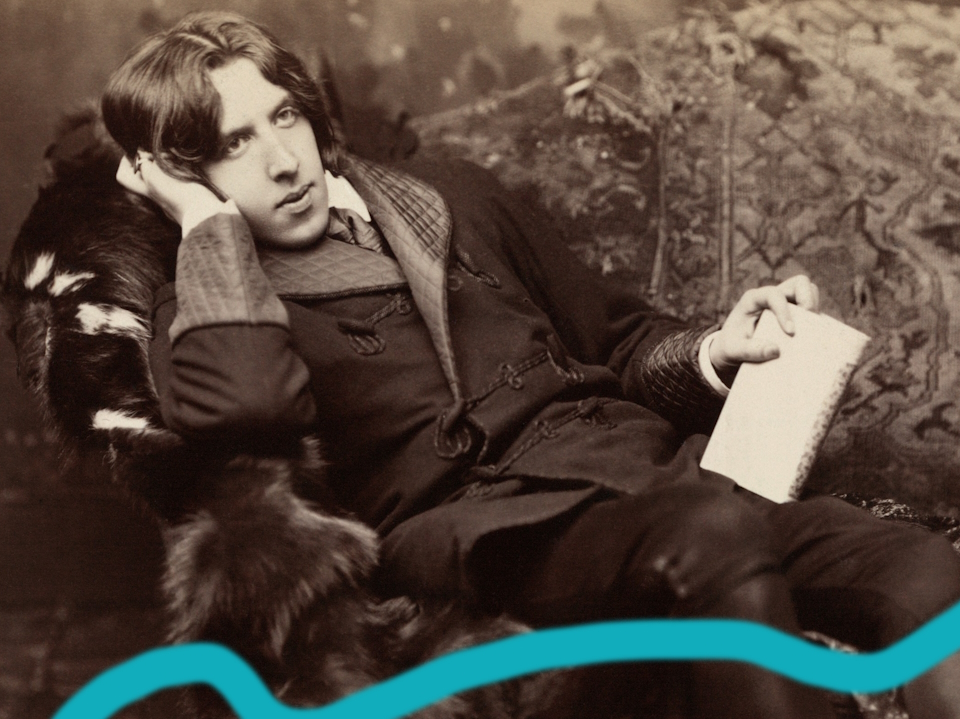

Dr Ó Donghaile considers The Ballad of Reading Gaol , 125-years after its release, and what it can tell us about our society.
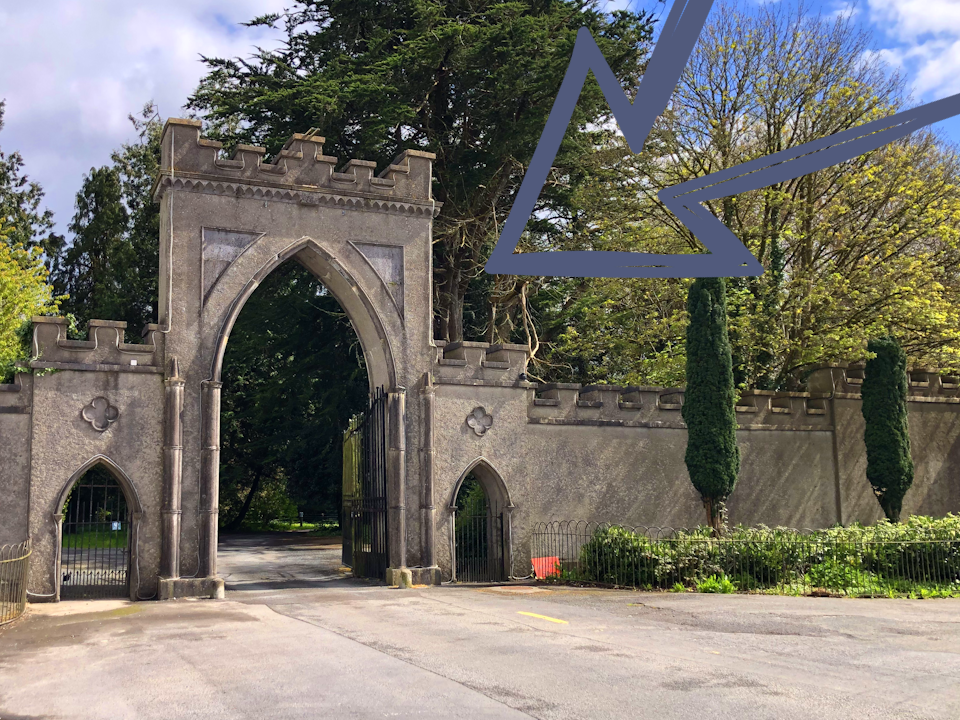
Irish Heritage Trust film featuring Festival friend Cherry Smyth connecting her poem, Famished, with the Strokestown story.
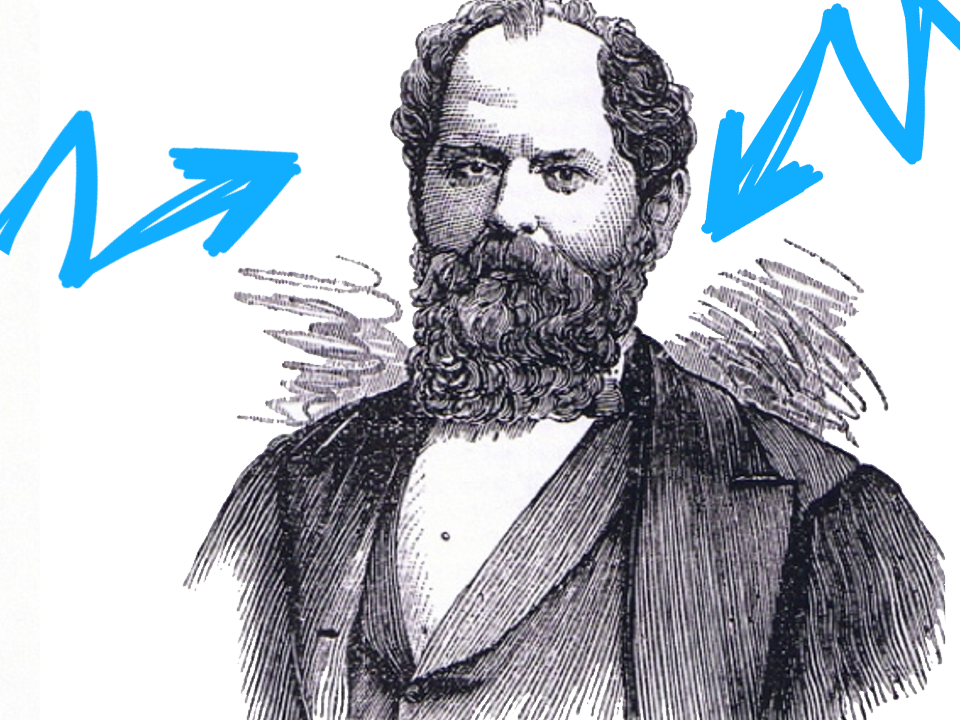
Trev Fleming introduces us to the infamous Robert Cain, ahead of a series of tours developed for #LIF2022.
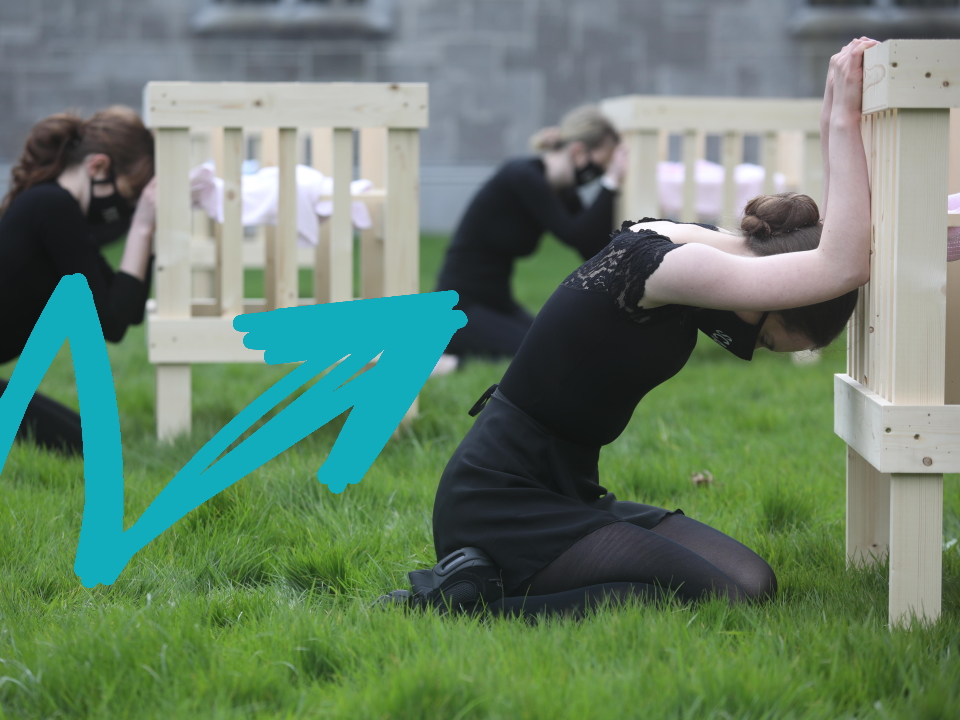
In:Visible Women explores female stories to liberate identity and heritage. In 2021, we consider the Mother and Baby Homes Investigation of Inquiry.
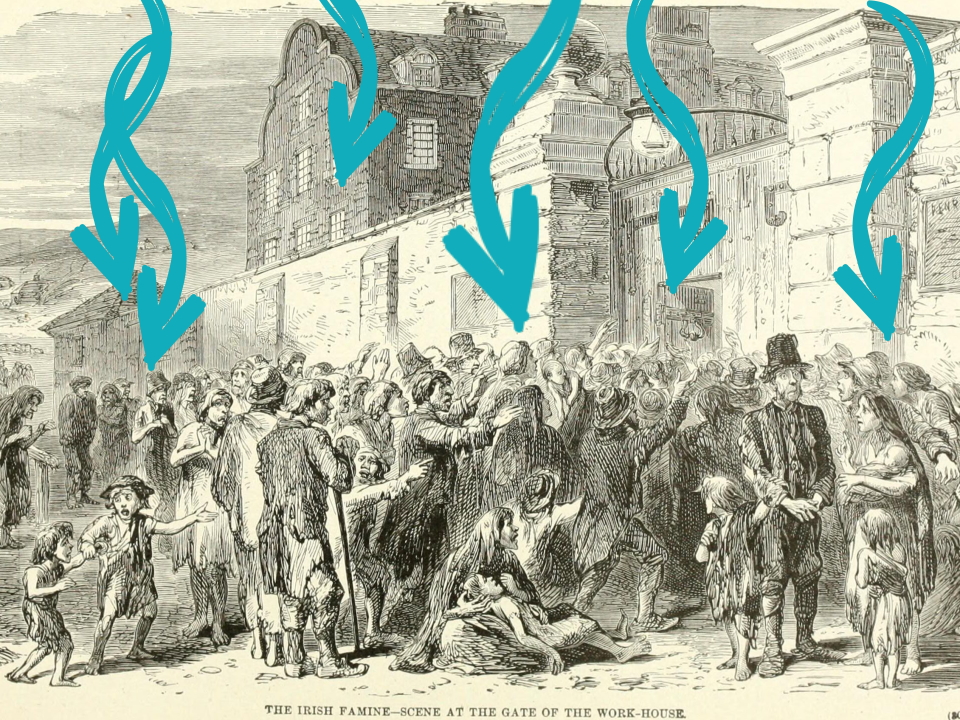
The Irish History Podcast has 30,000+ regular listeners and a rich back catalogue of history, researched and told my orginator Fin Dwyer.

The Boyhood Deeds of Cú Chulainn; Setanta
Last year, we introduced The Armagh Rhymers to Liverpool who wowed with their ‘mumming’ and folkloric stories shared with families of all ages. Dara Vallely, one of The Armagh Rhymers top-bods, introduced us to Réamonn Ó Ciaráin, and together we hoped to run events this year, creating new work, sharing different stories and exchanging ideas. Instead, we bring you a newly translated exclusive from Réamonn (best suited for 12-16 year olds) telling one of the Cú Chulainn stories: The Boyhood Deeds of Setanta
Watch out for Réamonn’s Meet the Maker session (Fri 23 Oct) and his Sunday Story (Sun 25 Oct, best suited for 12-16 year olds, or older ‘children’).
………..
The druids had prophesied that this boy’s final deed would be the same as his first.
His name was Setanta and his childhood was brightened by stories of the Red Branch Heroes and their Boy Troop of Navan Fort to the north. In his heart, he wanted nothing more than to be with them and with his uncle Conor, the king. One day he saw a sight that filled his heart with longing. It was the Red Branch Heroes marching north along the Castletown River. He wished that he could follow them, but he dared not.
The Red Branch Heroes began to appear to him in his dreams. He was sure their voices were calling him northwards. Deightine, his mother, did not want to release her son into harm’s way. He was only seven years old. She also knew that King Conor, her brother, would have to sponsor Setanta before he could enter into the company of the Boy Troop of Navan Fort. The day came, however, after which Setanta could no longer restrain himself and he set off on foot northwards to Navan Fort, leaving his home at Dundalk behind. With him, he brought only his hurling stick, a hurling ball, spears and a shield. To shorten his journey he cast his spear, struck the hurling ball and shot after them, catching both spear and ball before they hit the ground. It would be a long trek with Slieve Gullion to his left, the bright Hag’s Cairn on its summit, and the forge of the most famous smith in Ulster at its foot. He kept his spirits up by thinking of the Red Branch Heroes and his brave and wise uncle, Conor Mac Neasa, the King of Ulster.
On he went through the Gap of the North with the Clanrye Vallely on his right, all the time thinking of that fierce giant, Garv, who preyed on anyone that dared travel through this glen. As the cold dark night fell Setanta reached Slieve Fuad and he lay down to rest, heaping moss on his shield for a pillow. He thought he heard horses whinnying from the misty lake nearby and the Goddess Macha wailing from the plains of Armagh below. Lugh of the Long Arm came to Setanta in his dreams that night on Slieve Fuad and promised that he would always be by his side no matter what happened.
It was the screech of crows that woke Setanta and he noticed that one of these birds had a grey back. That one was the Morrigan, Goddess of War, from the stories he had been told. There were signs that a horse had approached Setanta while he slept, walked round and sniffed at him, before disappearing back into the lake from where it had come, judging by the hoof prints. In the distance below him, as the day brightened, he saw Navan Fort. He saw the ditch of the fort that the red-haired Macha had dug out with her giant brooch-pin more than three hundred years before. It was Macha who had laid a curse on the Men of Ulster that they would suffer a woman’s birthing pains at the time of their greatest need of strength. This she had done after the men had forced her to race against the king’s horses even though she was heavily pregnant.
Walking, running and jumping, it wasn’t long before Setanta reached Navan Fort by the Callan River. There he saw boys on the playing field, a hundred and fifty or so, engaged in a mock hurling battle. He was ignored at first and that surprised the king’s nephew. Then the ball came dangerously close to his feet. Instinctively, Setanta lunged forth after the ball like a hound after a hare. The Boy Troop was not pleased with this outsider running past them and striking the ball into the hole. It was remarkable how skilfully Setanta manoeuvred through the other players, keeping the ball at all times lower than his knee and higher than his ankle with his hurling stick. They turned on him then for he was without a sponsor and was a threat to them, young though he was. They threw their hurlies, their shields and javelins at him all at once. Setanta was unfazed and stood his ground. He dodged these missiles and launched his own counter-attack, knocking all his opponents to the ground.
In the end, only Setanta remained standing with his hurling stick in the air above his head. He had been seized by an anger-frenzy, which meant that everyone was his enemy. One other boy, however, sided with Setanta in this, his first battle, and that was Liag Mac Raingawra who would become an anam-chara, his soul-friend.
Revived and making their escape, a few boys darted past King Conor who was playing chess at the time with the great warrior Fergas Mac Roy. Setanta followed them in relentless pursuit. Fergas stretched out his arm and grabbed this new boy by his shirt as he sped by. Setanta immediately revealed who he was, and when Conor heard it was his nephew he declared his protection and that of the Boy Troop for Setanta. Setanta was quick to reciprocate by offering his own protection to the Boy Troop, who were still stunned and lay scattered on the grass. Young though he was, compared to the other members of the Boy Troop, they were relieved to have his favour for now.
Although Setanta was only a boy at this time he had already singled himself out from the others as a leader. Could this be the special one who had been prophesied by Cafa, Setanta’s own grandfather?
Fergas Mac Roy it was who sponsored Setanta at Navan Fort and taught him how to get the most from his strength. From then on Setanta was often to be found sitting beside Conor. He was a favourite of the king for sure.
About Réamonn
Réamonn Ó Ciaráin has spent over 25 years working with Gael Linn in the promotion of the Irish language. He has authored three books on Cúchulainn; Laoch na Laochra: Scéal Chúchulainn (2015), Cúchulainn, Ulster’s Greatest Hero (2017) and Cú Uladh, Scéal Chúchulainn (2018). He is co-founder of Flash Fiction Armagh and co-editor of The Bramley, an anthology of flash-fiction.
Born in Crossmaglen, living now in Milford (near Navan Fort, Co.Armagh) -the centre of power for the Red Branch Heroes of whom Cú Chulainn was foremost champion- Réamonn studied Celtic studies at St Mary’s University College, Belfast, before completing an Irish Studies Masters (Queen’s University Belfast) and Cultural Management Masters at the University of Ulster.
Réamonn is centrally involved in the production of An tUltach, Ireland’s oldest literary magazine. He sits on the GAA’s national committee for the Irish language. Réamonn is chairperson of Aonach Mhacha, the Irish language social enterprise, responsible for the building of a £2.3m Irish language Cultural Centre in Armagh City (opened March 2020) after a ten year Odyssey. In August last year he toured the American Midwest speaking about Cú Chulainn. Translations by Réamonn have been performed at Imram, International Irish language Literature Festival in Dublin (2018 and 2019).
About Gael Linn www.gael-linn.ie
Gael Linn was founded in 1953 and has been known since then as an entrepreneurial organisation. Its main aim is to foster and promote the Irish language and its heritage throughout Ireland as a living language and as an expression of identity. Its entrepreneurial philosophy is implemented through a broad range of activities and projects, delivered year-on-year, which can be divided into three broad categories; education, language promotional schemes and business. Designated by Foras na Gaeilge as one of six lead organisations in the voluntary sector Gael Linn’s chief areas of responsibility are the teaching of Irish as a school subject and in adult education and the creation of opportunities for school pupils to use Irish.
Sunday story
In this presentation Réamonn Ó Ciaráin discusses how the mythological figure of Cú Chulainn is a potent symbol of bravery, loyalty, martial prowess, beauty and wisdom. The spirit of Cú Chulainn has inspired revolutionaries, artists, sports men and women and Irish leaders for at least a millennium. Réamonn will demonstrate how Cú Chulainn still holds significance for many in the 21st Century. Cú Chulainn has been adopted by the Republican tradition of Ireland as a symbol of heroic self-sacrifice for his people and to the Loyalist people of the North, he is the heroic defender of Ulster. This presentation will be delivered in a narrative style combining a retelling of lesser known Cú Chulainn stories with learned and fresh insights. Réamonn will also discuss how he combines painter Dara Vallely’s bold, vibrant and even tribal paintings with his text to instil a new vitality and depth to these ancient stories, in both the English and Irish languages. Réamonn has published three books on the mythological tales of Ulster, produced in conjunction with Armagh artist Dara Vallely.
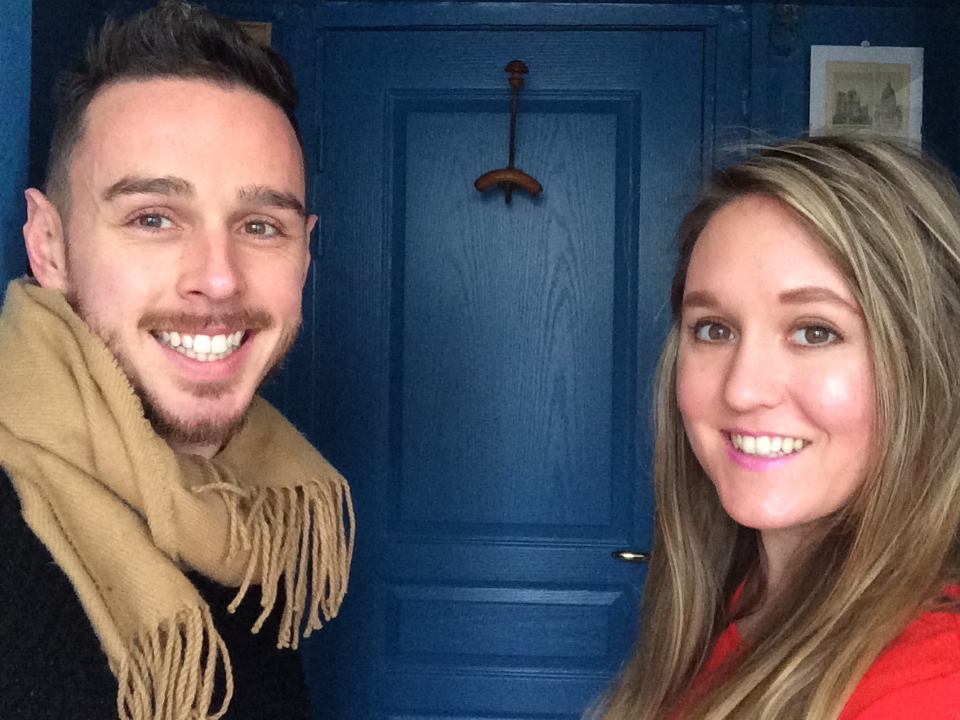
An explosion of podcasts has seen everything from cuddles to unsolved murder cases examined and presented in the audio world. Flying high amongst them is The Irish Passport, an exemplar model of long-form, multi-voiced, thought-provoking documentary, which invites listeners to consider the many voices and experiences of Ireland and the Irish. Whilst Coronavirus thwarted plans to bring the team over for #LIF2020, it doesn’t stop us sharing their views on exchange or how exchange influences the shape and nature of the programme.
In the context of exchange, The Irish Passport Podcast brings together three major aspects of the island’s identity: culture, history, and politics. Hosted by Naomi O’Leary, European correspondent for the Irish Times, and Tim Mc Inerney, lecturer in cultural history at the University of Paris at Saint-Denis, each episode takes on a theme that forges links between these three dimensions of the Irish experience. As a series “about” Ireland, the podcast has always aimed to recognise that national identity is not a static phenomenon; on the contrary, it is dynamic by definition, only existing through constant engagement and conversation. Ireland, of course, boasts its fair share of national clichés, but the reality of Irishness in any period has always been complex and changeable. As with any country, whatever Irish people do becomes part of their national story, and this narrative is continually being revised and reconstructed by each of us every day.
The podcast has sometimes highlighted how a failure to recognise the importance of exchange can create significant and often harmful gaps in understanding. Perhaps most redolent, in this regard, was the turbulent political moment in which the podcast was founded. Just a few months previously, the Brexit referendum result had unearthed a host of urgent questions about the island’s political future. [On the island of Ireland], the UK’s land border with the Irish Republic was now on course to become the only frontier between the United Kingdom and the world’s biggest trading block. Here, too, the hard-won peace that followed thirty years of bombings and paramilitary conflict was suddenly being undermined. [It fast became clear] that two territories –one which voted overwhelmingly for the UK to remain in the EU, and the other which did not vote at all– might bear the greatest brunt of the Brexit fallout. And yet, despite these incredibly high stakes, the topic of Ireland had been almost entirely absent from political debates in Britain before the Brexit vote. Instead, as we discovered on the podcast, there persisted a longstanding and seemingly systemic knowledge gap about the island of Ireland, even among some of the most senior politicians in Westminster. Where there might have been meaningful exchange, superficial assumptions were all too often to be found; in place of solutions, it followed, there seemed to be room only for successive crises.
Such communication failures, of course, have not been confined to the clumsier machinations of Brexit. Across the vast Irish diaspora, outworn ideas of Ireland as a pious, conservative, and arch-traditionalist society have long been at odds with the reality on the island itself. Conversely, suspicions or misunderstandings among the people who live in Ireland about the greater international Irish community are often rooted in reductive stereotypes. Even on the island itself, the two political jurisdictions are only now – twenty years after the Good Friday Agreement – really beginning to come to terms with the diverse political and cultural legacies that have made the country what it is today. Significantly, the recent centenary of the Easter Rising in 2016 was conceived not in a spirit of triumphalism or mindless flag waving, but rather in an atmosphere of self-interrogation and national reflection. It not only commemorated the achievements of the independent state over the last 100 years, but acknowledged its many failings. And it asked, in light of those last hundred years, what the people of the nation wanted their country to look like another century from now.
All this has provided rich subject matter for the podcast, which not only delves into the more complicated facets of what it means to be Irish, but endeavours to give voice to those whose perspective has been largely absent from established narratives. In the few years since the podcast began, Irish society has already transformed in ways which would have been unthinkable only a few decades ago. Two landmark referendums on equal marriage and abortion access were passed with resounding mandates, not only reflecting a younger generation no longer beholden to the old templates of authority, but also an older generation who have stood up and challenged the mores of their youth. On the podcast, we have heard voices from the Travelling community, who have recently gained ethnic minority status after centuries of persecution at home and abroad. We have spoken to activists and protesters, challenging broken systems like public housing deficiency, healthcare, and systemic racism. We have travelled internationally to speak to those of Irish descent as far afield as Japan. And we have also spoken to people from across the political spectrum in Northern Ireland: nationalists who hope one day for a United Ireland, unionists who cherish the continued connection with the United Kingdom, and those who see themselves as something in between – with complex identities and allegiances that do not always fit neatly into grand narratives or eye-catching media headlines. It is here, in what has all too often been considered the “margins”, that the real essence of Irish society can be found. Indeed, it is only by listening to and engaging with all these diverse perspectives that we can begin to recognise the real face of this country.
While the podcast has aimed to narrow some of the more prevalent “knowledge gaps” about Ireland and its greater international sphere, it also recognises that knowledge at one point in time can only achieve so much. To really understand a place, a people, and what its contained in their culture, history and politics, one must become part of this national exchange. All countries are made and remade by their people – and if Ireland in the last few years is anything to go by, it may only take the blink of an eye for those people to entirely reinvent their homeland once again.
Episodes of The Irish Passport Podcast are available on all major podcast providers, and via their website: www.theirishpassport.com. Extra content is also available on the podcast’s Patreon page: www.patreon.com/theirishpassport
We hope we’ll see the team at #LIF2021.
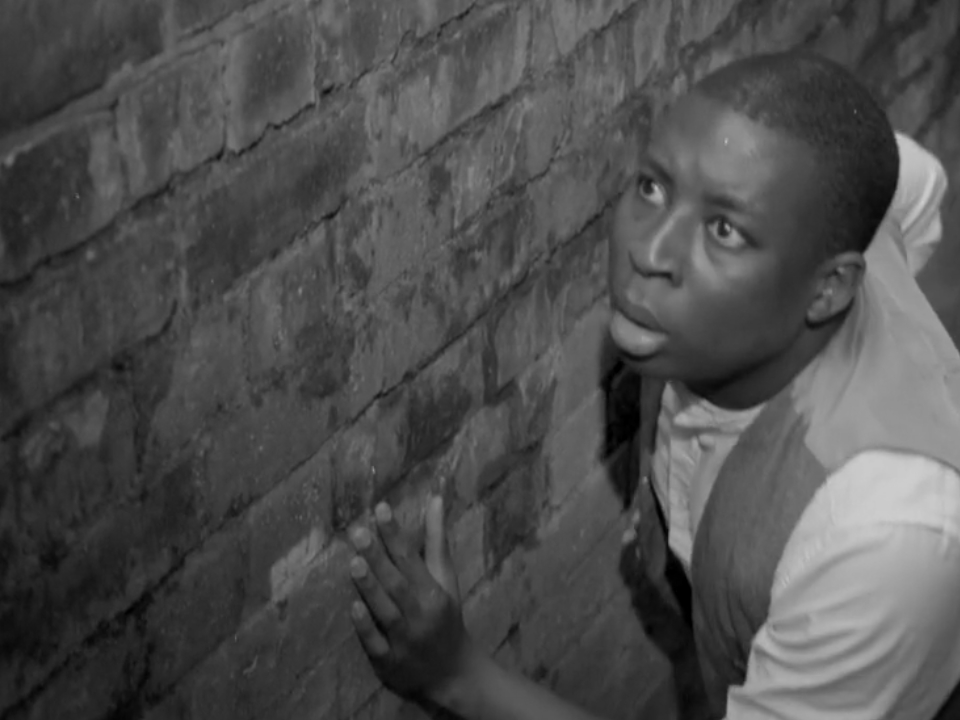
During the #LIF2019 In:Visible Women week, we created interesting discussion and activities about race, working with a number of partners. The Liverpool 1919 Race Riots served as a starting point for these.
Our dual-heritage day encouraged and supported people of mixed-Irish heritage to share stories about their experiences of growing up or living in Liverpool, whilst considering their connections to Ireland (and other parts of the world), too.
We discussed ‘miscegenation’ and the growth of hate-speech terminology, considering how language is misused to support political fear-mongering. It interested us to compare what happened then with what has happened in modern society in relation to racism towards Irish and other groups.
Undertaken with Black History Month and Creative Organisations of Liverpool (COoL), Writing on the Wall (WoW) were the lead. Together we fundraised for a series of events and activities from Arts Council England, using grant support the Liverpool Mayoral Fund. Delivered in October 2019, the work included a brilliant film project that looked at the Liverpool 1919 Race Riots.
Expertly filmed and edited by First Take it featured movement and performance work directed by Tmesis Theatre, and music from Pagoda Arts; a voiceover from WoW and Black History Month Director Madeline Henegan and performers from across the city.
The film upholds the need to be vigilant against racism and shows how history repetition can be avoided. We share this film with you and encourage you to post it as widely as you can.
This is the amalgam of five short films. If you wish to view the short films individually, you can do so using the following links.
We’d like to thank everyone involved in 2019’s Black History Month and look forward to returning with more work in 2020.

The Irish Government released a ground-breaking, world-leading Diaspora Policy (read it here) in 2015.
In short, the Government laid out a strategy to involve Irish diaspora groups in the life of the island of Ireland. It aims to make welcome groups and individuals who have been -or felt- excluded. After three+ years of implementation, the Irish Government is reviewing the policy. This review will ensure it is fit for purpose and as inclusionary as it aimed to be. You can read the Review it has drawn together thus far, here.
The Liverpool Irish Fetsival is funded by the Government’s Emigrant Support Programme. Consequently, we have been asked to help publicise the two (4 July 2019) sessions held in the North of England. We believe these are important sessions and as they are public sessions we encourage you to attend. We think they will be of partciular interest to those with connections in Anglo-Irish communities, diaspora politics or global freedoms/equity to attend.
The Irish Government have stated:
In a changing world, how do we continue to connect with people who feel a connection to Ireland? How can we support and strengthen those long-established Irish communities abroad, including many across the UK? How are these communities changing, and what are their needs now? Such questions not only represent a challenge, but more importantly an exciting opportunity to engage with and reflect the input of Irish communities in the UK.
Irish Minister of State for the Diaspora and International Development Ciarán Cannon, T.D., will host a public meeting on Ireland’s new Diaspora Policy, expected to be published in 2020. We want to hear your views on how we can improve our support for, and connections with, the Irish community of which you are a part.
As a result of the statement above, the Government are now holding consultations. Below are details of the sessions -as laid out by the Irish Government- and further information on the Policy. Please note that each session is followed by an information session on the Common Travel Area (CTA*), too. If you wish to attend either sessions, please register using the Eventbrite links provided .
Book using this link: https://www.eventbrite.ie/e/new-diaspora-policy-for-ireland-tickets-63347341604
Book using this link: https://www.eventbrite.ie/e/new-diaspora-policy-for-ireland-tickets-63425001888
Other sessions are being held across the UK and in Ireland. You can see more details about those here. Please also note the Common Travel Area session, to be held on 5 July in Livepool (details below in the section *CTA).
London sessions include:
Workshop-style meetings are a great opportunity for the Irish community in the UK to have their say. Come and tell the Government of Ireland how it can improve its support for, and connections with, the Irish diaspora. Meeting topics to be explored include:
How…
Further details on the Diaspora Policy consultation process can be found online at https://www.dfa.ie/global-irish/consultations/.
Under the Common Travel Area (CTA) Irish and British citizens can move freely and reside in either jurisdiction. They enjoy associated rights and entitlements including access to employment, healthcare, education, social benefits and the right to vote in certain elections. The Common Travel Area pre-dates Irish and UK membership of the EU and is not dependent on it. The Government of Ireland and the UK Government have signed a Memorandum of Understanding, reaffirming their commitment to maintaining the CTA in all circumstances.
Ambassador Adrian O’Neill and colleagues from the Department of Foreign Affairs and Trade are hosting a CTA information session at the Liverpool Irish Centre (Boundary Lane, Liverpool L6 5JG). It will take place on Fri 5 July at 12.30pm. If you would like to book a place on this session please contact Maureen Morrison on +44 (0)151 263 1808 and pass the invitation to any contacts who may be interested.